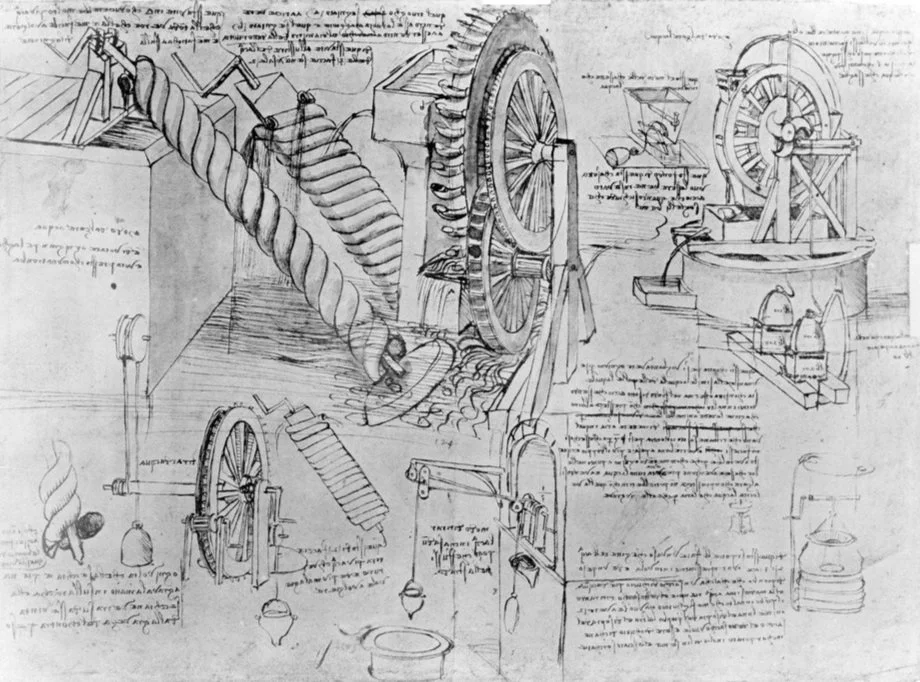3 Things I’ve Learned From Leonardo da Vinci
Leonardo da Vinci is arguably the greatest artist of all time, and I’ve been fascinated by how he lived and more importantly—how he thought.
Walter Isaacson wrote a great biography of da Vinci that piqued my interest and started my fascination for the great Italian Renaissance painter. After reading the biography, I was able to see some of his work in person at the Louvre Museum in Paris, France, and was blown away by the thought and detail that went into each of his paintings.
Here are a few key takeaways that I’ve learned from da Vinci.
Have an insatiable curiosity about the world.
One of Leonardo’s greatest traits was his incessant questioning of everything in the world. Ordinary things and events that we take for granted, he broke them down into first principles. Slowing down to question how things work like electricity, faucets, or engines may lead to new ideas and connections that you’ve never thought of before.
Leonardo was not formally educated himself, but he taught himself through his own experiences. In the modern era, it’s even easier to educate yourself on just about anything, you just have to be willing to ask questions and search for wisdom each day. Question the ordinary. You never know where that curiosity will lead.
Keep a commonplace book.
Commonplace books are personal collections of notes, quotes, and observations that date back centuries. They are used to compile knowledge in a central location. Some people may keep a similar version of a commonplace book in a notes app on their phone, but I prefer to keep a physical commonplace book.
Leonardo’s work was incredible for many reasons, but one of his most salient traits was his ability to combine art with science, engineering, and optics. He was able to combine these topics in one place to formulate his work—in his commonplace book.
Here is just a sample of what da Vinci used to keep in his commonplace books.
The human brain can generate many novel ideas and solutions, but it is not a great way to store information. This is why when you come across a piece of information that you believe is useful, you should write it down before you forget.
Done is better than perfect.
Winston Churchill said, “The maxim, ‘Nothing prevails but perfection,’ may be spelled PARALYSIS.”
Perfectionism was evident in da Vinci’s paintings. He would spend years obsessively refining compositions and techniques. His most famous work, the Mona Lisa, is a testament to his perfectionist tendencies, with its subtle gradations of light and shadow and enigmatic expression. He carried the painting with him for decades and would make small adjustments and additions to it. He never declared that the painting was “finished,” and instead, his work on it ended the day he died.
While it is wise to never stop learning and making adjustments, it should not stop you from putting the final stamp on a project. John Lasseter, the former Chief Creativity Officer of Pixar, would say “Our films don’t get finished, they just get released.”
Perfectionism can be a blessing and a curse. You can create incredible pieces of work, but if you are paralyzed by making it “perfect” and don’t share it with others, then you are missing the point.
Nothing will ever be perfect. Life is inherently messy. But what we can do is give each task our best effort and do the best we can with the time and skills that we have at our disposal.

